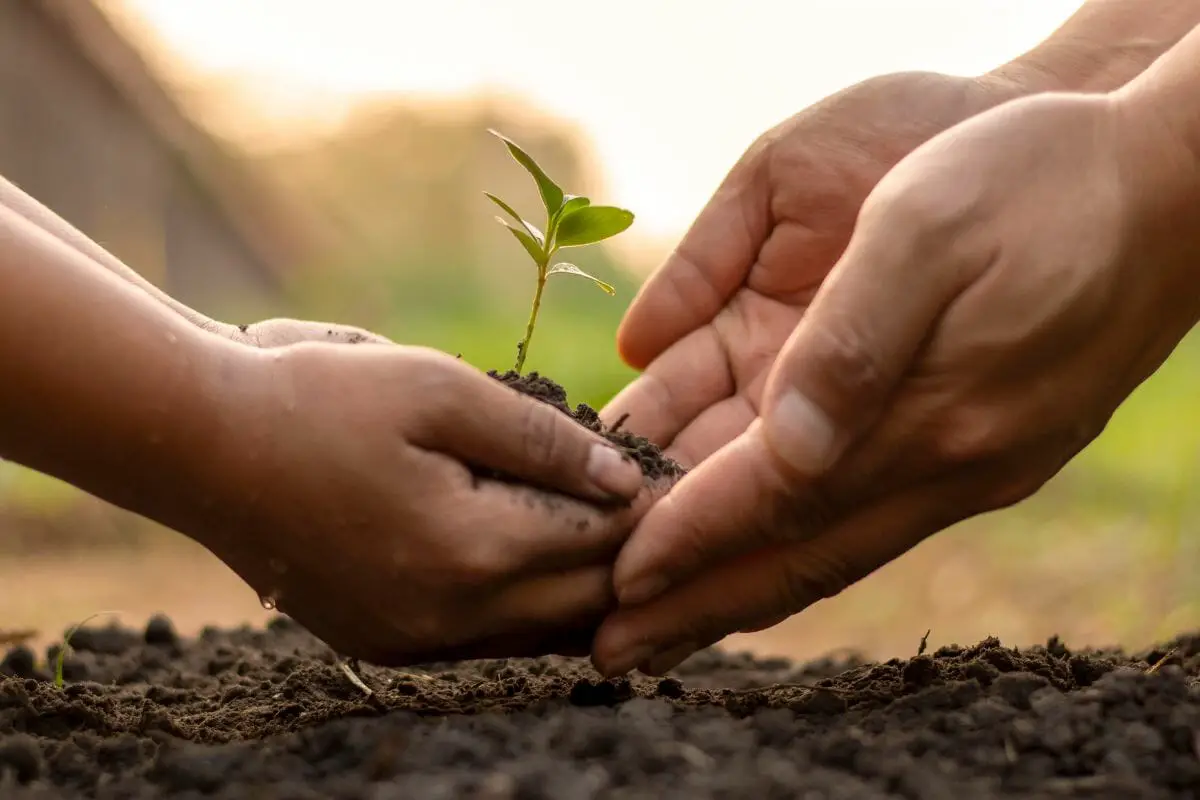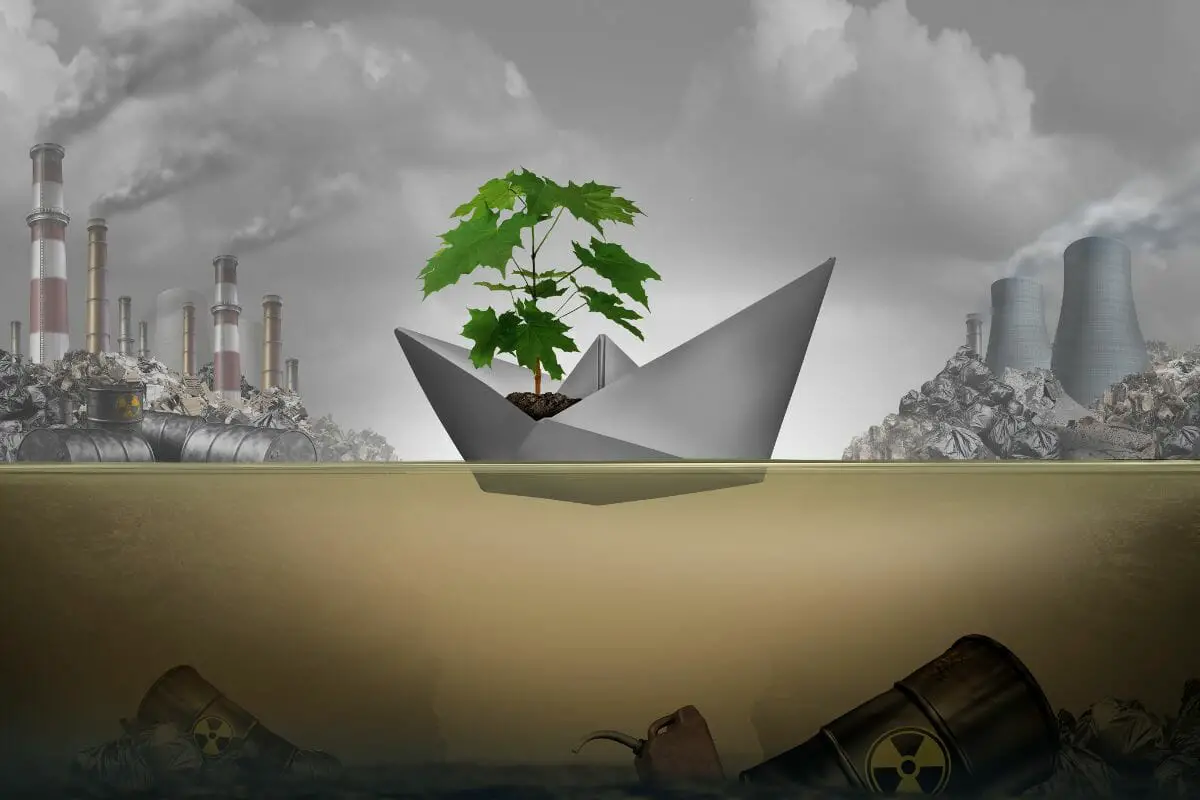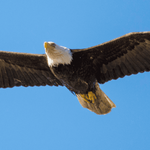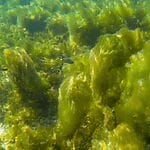When we discuss protecting wildlife and wild habitats, we often throw around terms like “preservation” and “conservation”. These terms are often used interchangeably, but did you know they actually mean different things?
Indeed, conservation and preservation have similarities, but there are some key differences that are important to understand.

Confused? Don’t worry – we’re here to help! In this article, we will discuss everything you need to know about the differences between conservation, preservation, and more! So, if this is of interest to you – then read on!
Conservation And Preservation Defined
To help us understand the differences between conservation and preservation, we first need to understand what each term means. To do that, we need to define them! Let’s check out the definitions of these terms in more detail below!
The Definition Of Conservation
To put it simply, conservation means “preventing the wasteful use of resources.” To conserve something means to protect it so humans can benefit from using it in the future.
The Definition Of Preservation
In terms of the environment, preservation means “the act of preserving something in its natural state.” To preserve something means to keep areas of the planet exactly the same without any change or influence.
Conservation And Preservation: Beyond The Definitions
So, now that we have the official definitions of conservation and preservation at hand, we can delve more deeply into what they’re all about when put into practice. Let’s check out a more in-depth look at what each means below!
Exploring Conservation
Conservation is all about saving what we have and ensuring none of our resources are wasted. The term is typically used for resources like water and electricity.
We are often encouraged to use less water and electricity to ensure we still have access to these resources for many years to come.
Flora and fauna also need to be conserved. Humans must make conservation efforts for plants and animals because other humans threaten their food sources and habitats, thereby threatening their lives.
To put it simply, conservation is all about saving our resources for the future. Of course, some of our resources will replenish naturally over time.
However, others do not, so it is important to just use what we need and nothing more in order to ensure life can continue for further generations.
Humans also support conservation efforts to protect animals and plants from other humans, working in harmony with nature to ensure the safe and smooth running of things.
Exploring Preservation
Preservation is all about the safekeeping and maintenance of our ecosystems. Through preservation, we attempt to stop our ecosystems from being destroyed or changed in any way.
This can be observed in nature reserves and other protected areas that show next to no signs of human life, such as the Okavango Delta.
Preservation efforts are put in places where humans are not a part of the environment. By preserving land, it means no building can be placed there, and any water sources in a preserved area can be used by nature and nature only.
For our preservation efforts to succeed, there needs to be a minute amount of human interference. Preservation means permitting nature to perform its life cycles as it normally would and that nothing can get in the way of that.
What’s The Difference Between Conservationists And Preservationists?
Now that we have cemented our understanding of conservation and preservation, let’s delve into what conservationists and preservationists do and how this differs!

What Do Conservationists Do?
Conservationists are responsible for making sure that the resources of the earth are used in a sustainable way.
They are in charge of managing how quickly we use the environment and take the steps to ensure we do not deplete our supplies.
So, for example, conservationists will monitor how sustainable something is, such as trees, timber, fishing spots, and water.
Conservationists will encourage people to reuse and recycle resources and to find new ways of doing this, such as using rainwater to flush the toilet or water plants.
Another important aspect of a conservationist’s role is to help endangered animals.
They will often work to rebuild habitats for endangered animals to ensure they can avoid them going extinct and ensure there are no changes to biodiversity.
What Do Preservationists Do?
Preservationists work with landscapes, objects, and historic buildings, ensuring they are not destroyed or disturbed by humans. For example, a preservationist worked to ensure that nobody could destroy the pyramids in Egypt.
Preservationists also play a role in preserving the natural environment, too. Their responsibilities typically include marking out any space in the wild that need protection from humanity.
Humans need a lot to survive, such as shelter, food, and even places for leisure. So, we take up a lot of the earth, and sometimes, we can take up too much.
However, preservationists will show us where we need to stop and leave nature as it is so the plants and animals can live peacefully.
Examples Of Conservation And Preservation
Let’s check out some real-life examples of where conservation and preservation efforts have been enacted!
Conservation VS Preservation: Wildlife
Conserving wildlife means protecting them and their habitats from things like poaching. The Endangered Species Act and protected nature preserves are all conservation efforts.
Conservation efforts also take place for life in the sea, too. This includes protecting aquatic wildlife from over-fishing, coral bleaching, and poaching.
Meanwhile, the preservation of wildlife means that animals can live in their natural environment freely without the disturbance of humans.
There must be space for wildlife to lie in peace without needing the help of humans. A real-life example of preservation efforts would be in the Amazon Rainforest.
There are so many different species of reptiles, birds, and other wildlife in the Amazon, and they are mostly undisturbed by humans thanks to preservationists.
Conservation VS Preservation: The Environment
Conservation and preservation of the environment have many similarities, but there are also some key differences.
For example, if you were to try and conserve a forest, then you would try to control the growth of trees – such as what trees can grow in what part of the forest, etc.
You may also try to remove plants that damage the ecosystem and plant ones that will improve it.
Meanwhile, if you wanted to preserve a forest, then you would cordon off a section of it and let nature take its course in that area without any human interference. We would not try to help nor hinder the environment as it naturally is.
If you want to help conservation efforts in your own life, then you can do simple things such as recycling, not leaving garbage behind on picnics, beach days, walking instead of driving, etc.
Final Thoughts
Conservation and preservation are very similar, but there are key differences that separate them. Conservation is all about protecting our resources so future generations have a good supply.
It is also about protecting animals and plants, such as preventing poaching, rebuilding habitats to save endangered animals, and more!
Meanwhile, preservation is all about maintaining our ecosystems as they naturally are with as little human interference as possible.
This means sectioning off natural environments to ensure humans cannot build there or disturb the wildlife in any way (see also: 5 Ways Humans Can Prevent Unnecessary Killing)but also doing the same for landmarks such as the pyramids of Egypt, and more!








